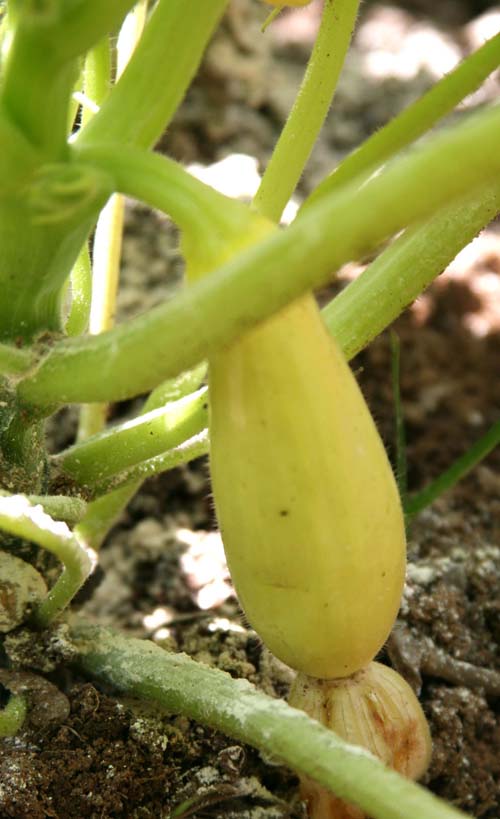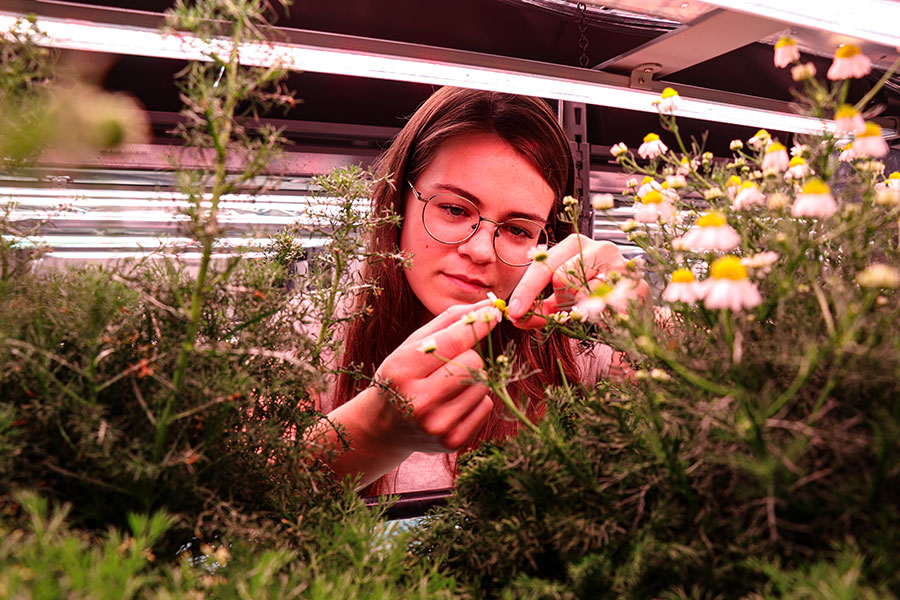Summer squash and winter squash are staples on many Southern dinner tables. Although different in many ways, both varieties are warm-season crops and should only be planted when soil temperatures soil temperatures reach 60 to 65 degrees Fahrenheit.
When selecting specific varieties to grow, experiment with new ones each season. Having personally tested and grown over 75 varieties of summer squash, I can tell you that there is not much flavor difference. While this statement might step on a few gardeners’ toes, I find that most summer squash, including zucchini, which is simply a green summer squash, taste fairly bland until seasoned with garlic, basil, onion powder or other seasoning.
I have run blindfolded taste test on squash and most people could not tell one variety from another.
It is still fun to grow different squash varieties for their unique shapes and colors. Pattypan, for example, is a yellow squash that’s shaped like a star or scallop. Eight-ball is a dark squash that looks like the Magic 8 Ball toy. Summer squash come in straightneck, crookneck, striped, light green, dark green and every shade of yellow. Winter squashes, on the other hand, have unique flavors and come in very different shapes. Traditional favorites include butternut, acorn and buttercup.
It takes 35 to 45 days for summer squash to mature. For the best flavor, summer squash should be harvested at a young stage. The optimal size is 4 to 6 inches long and 1.5 inches in diameter. Generally, summer squash are harvested every other day.
Summer squash have a shelf life of only a couple of days, unless they are blanched and frozen. Store summer squash at 45 to 55 F for two to four days. Summer squash can be cooked a variety of ways and used in casseroles, soups and other dishes. Zucchini is often cooked in breads or eaten raw in salads or with veggie dip.
Winter squash take 80 to 120 days to mature. They are harvested when fruits are fully colored, vines are starting to die back and the rind is hard and resistant to scratches with fingernails. Winter squash should be harvested with the stem attached and stored in a cool (50 to 55 F), dark and dry location.
Buttercup and banana squash store longer than butternut and acorn squash. Winter squash have a unique nutty flavor and can be baked, steamed, simmered or mashed. To prepare them for freezing, peel the squash, cut it into cubes and remove the seeds. Then cook it covered in water until it’s soft, mash it and pack it into containers, leaving a 2-inch headspace. Winter squash will keep in the freezer for about a year.
For more information on preserving and preparing vegetables in Georgia, see UGA Extension publications at extension.uga.edu/publications.








